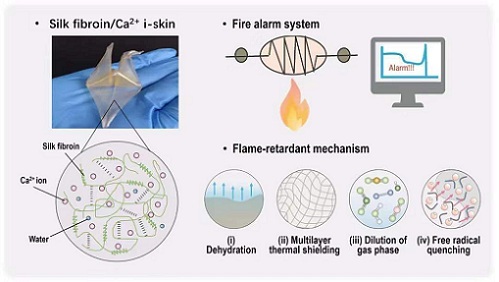The team of Wu Tianru, an associate researcher of the Shanghai Institute of Microsystem and Information Technology, Chinese Academy of Sciences and the team of Professor Yuan Qinghong of East China Normal University, based on in-situ synthesis, characterization research and first-principles calculation methods, proposed a high-quality multi-layer hexagonal iron-boron (Fe2B) alloy surface A new mechanism of boron nitride (h-BN) atom vacancy assisted growth. Related research results were recently published online in "Physical Chemistry Letters".
With the advantages of atomic level flat surface, no dangling bonds, high thermal conductivity and good physical and chemical stability, h-BN has become a potential dielectric substrate and packaging material for two-dimensional crystal devices. Due to the slow development of advanced synthesis technology of h-BN, the lack of research on the growth mechanism of traditional methods limits the controllable synthesis and practical application of large-size, high-quality h-BN.

To this end, Wu Tianru's team realized high-quality h-BN controllable preparation based on the Fe2B alloy system, and analyzed the distribution of B atoms and N atoms in the Fe2B superficial layer during the synthesis of h-BN through rapid cooling quenching technology combined with time-of-flight secondary ion mass spectrometry. Yuan Qinghong’s team used first-principles calculations to study the growth mechanism of h-BN on Fe2B surface and proposed a vacancy-assisted synthesis mechanism for h-BN on Fe2B surface. The researchers found that the formation of B-N dimers formed a large number of B vacancies on the surface of the alloy, which greatly promoted the migration of B and N atoms. The diffusion of B and N atoms in the Fe2B substrate only needs to overcome the energy barrier of less than 1.5 eV, so that N atoms are dissolved in a large amount near the catalytic surface.
At the same time, by calculating and fitting the formation energy and Gibbs free energy of B-N clusters of different sizes, the study found that the h-BN nucleation barrier on Fe2B surface is about 2 eV. Therefore, it is possible to synthesize h-BN at a relatively low temperature (700 K).


